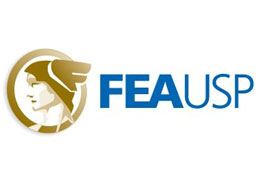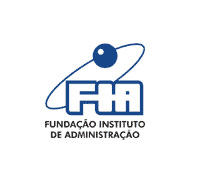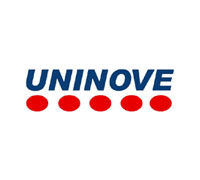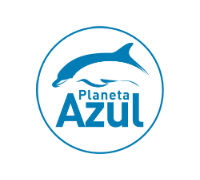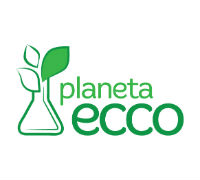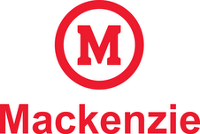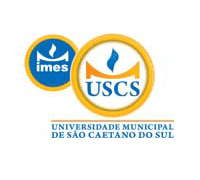|
This work compares out-of-sample predictive accuracy using ARIMA, VAR, VEC and structural models based on cash prices from January/1992 to April/2012, which is critical for policy makers and investment decisions. To the best of our knowledge, previous studies have used ARIMA, structural or non-linear modeling, without examining comparative forecast accuracy of multivariate VAR and VEC models with traditional approaches for aluminum prices (Ren and Ru (2012), Ahti (2009), Sow (1996)).
It was used a theoretical and empirical approach, based on a sample of LME daily spot and 3 month prices that were averaged to obtain monthly data from January 1992 to April 2012. Model estimation was based on data from January 1992 to April 2012, while out-of-sample forecast performance used 24 data points, from May 2010 to April 2012. Dickey and Patulla, ADF and KPSS unit root tests were conducted and ARIMA, VAR, VEC and structural modeling developed with out of sample forecasting comparison.
VAR offers an interesting alternative to structural or ARIMA models for problems in which simultaneous forecasts are required (Ramos, 2003). This would be the case for aluminum industry spot and forward prices. VEC introduces an error correction term estimated by Johansen (1988) procedure when there is a long term relationship. Harvey (1988) showed that structural models are an alternative for ARIMA to cope with identification issues related to ACF and PACF.
VEC provided the best forecast accuracy performance according to both MAE and MAPE criteria. VAR was the second best model and delivered the lowest RMSE. These estimates are valid only for the out-of-sample analyzed period and additional estimates would be necessary to assess model predictability in other set of forecasting periods. This result suggests that the use of lags and error correction term contributed to improved predictability for the VEC model.
The studies by Sow (1996), Athi (2009) and Ru and Ren (2012) were primarily focused on aluminum price forecasting. However, to the best of our knowledge, comparison of multivariate VAR and VEC with structural and traditional model has not been assessed for aluminum price forecasting. The present work contributes to the literature by comparing out-of-sample predictive accuracy using VAR, VEC, structural and ARIMA models based on spot prices from January/1992 to April/2012
|



